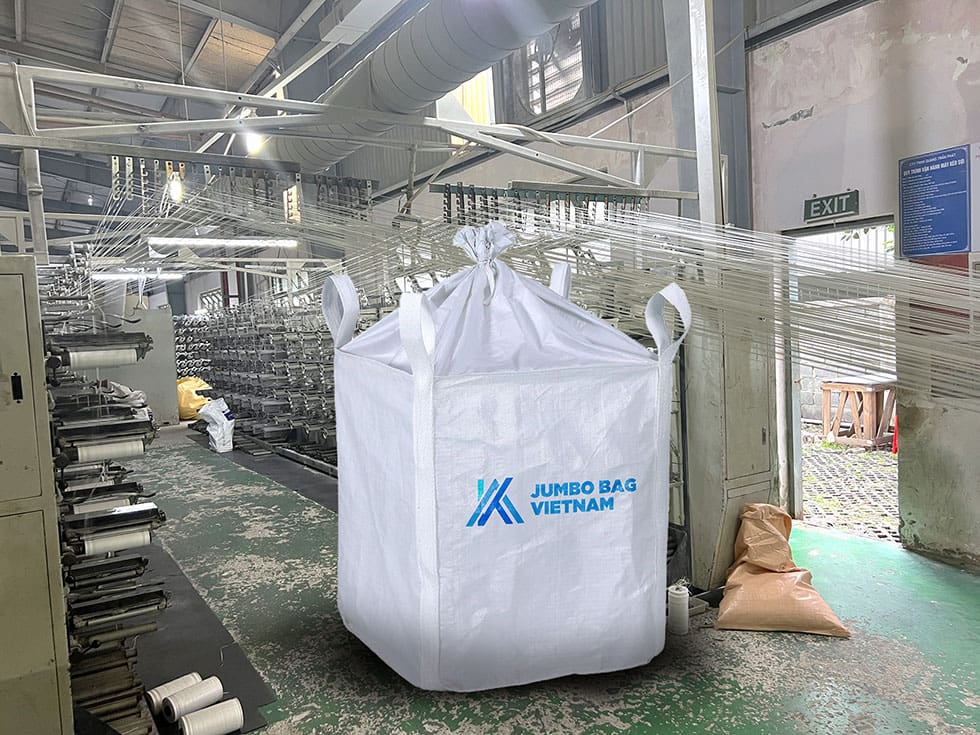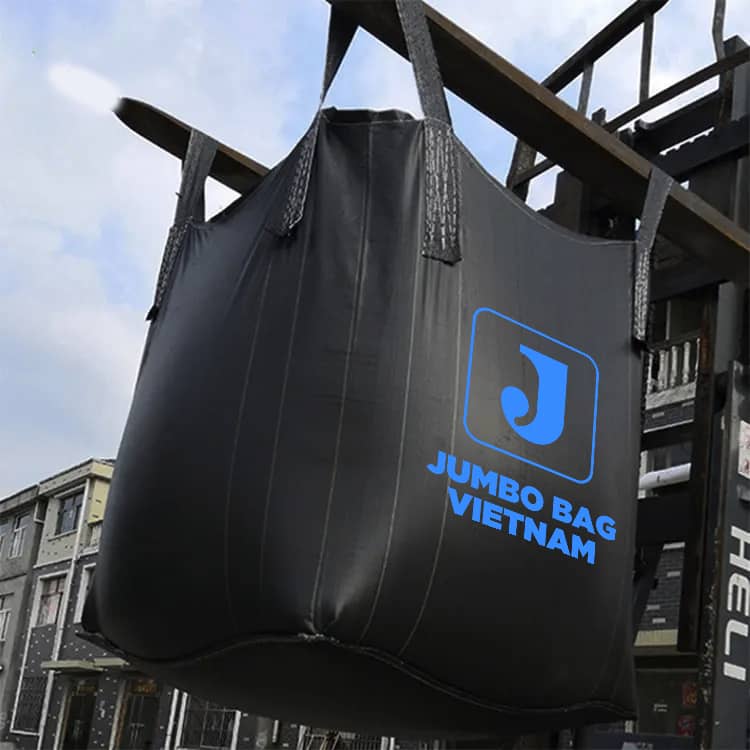
ថង់ Jumbo (FIBC) គឺជាជម្រើសដ៏ល្អបំផុតសម្រាប់ដឹកនិងផ្ទុកទំនិញធ្ងន់ៗ។ ទោះជាយ៉ាងណា ការជ្រើសរើសថង់ Bulk Bag ដែលសមនឹងតម្រូវការរបស់អ្នក ត្រូវការពិចារណាលើប៉ារ៉ាម៉ែត្រសំខាន់ៗខាងក្រោម៖
🔸 ទម្ងន់អនុញ្ញាតសុវត្ថិភាព (SWL): សម្រេចចិត្តពីទម្ងន់អតិបរមាដែលថង់ត្រូវអាចទ្រាំទ្របាន។ ថង់ FIBC ជាទូទៅមានកម្រិតសុវត្ថិភាព 5:1 ឬ 6:1 សមស្របសម្រាប់ដឹកទំនិញធ្ងន់។
🔸 សម្ភារៈ និងរចនាបថ៖ ជ្រើសរើសសម្ភារៈប៉ូលីប្រផីលីនដែលមានគុណភាពខ្ពស់ និងគិតគូរពីរចនាបថដូចជា U-Panel, Circular ឬ Baffle ដើម្បីធានភាពរឹងមាំនិងប្រើប្រាស់បានយូរ។
🔸 ប្រភេទខាងលើ និងខាងក្រោម៖ ពិចារណាពីប្រភេទខាងលើ (Spout Top, Duffle) និងខាងក្រោម (Flat Bottom, Discharge Spout) ដើម្បីអោយសមស្របនឹងដំណើរការបំពេញ និងចេញទំនិញ។
🔸 លក្ខណៈពិសេសបន្ថែម៖ ស្វែងរកលក្ខណៈបន្ថែមដូចជា ការប្រឆាំងអគ្គិសនី (Type C, D), ការពារកាំរស្មី UV ឬការពារការប៉ះពាល់ដោយសំណើម បើយោងតាមលក្ខខណ្ឌផ្ទុកនិងដឹកជញ្ជូន។
🔸 ស្តង់ដារសុវត្ថិភាព និងវិញ្ញាបនបត្រ៖ ធានាថាថង់ Jumbo ត្រូវបានផលិតតាមស្តង់ដារអន្តរជាតិ ដូចជា UN ឬ ISO ដើម្បីការពារទំនិញ និងធានាសុវត្ថិភាពអ្នកប្រើប្រាស់។
✅ ការជ្រើសរើសថង់ FIBC Bulk Bag ដែលសមនឹងតម្រូវការពិសេសរបស់អ្នក នឹងជួយបង្កើនប្រសិទ្ធភាព សុវត្ថិភាព និងថ្លៃចំណាយក្នុងដំណើរការដឹកជញ្ជូន និងផ្ទុកទំនិញ។


